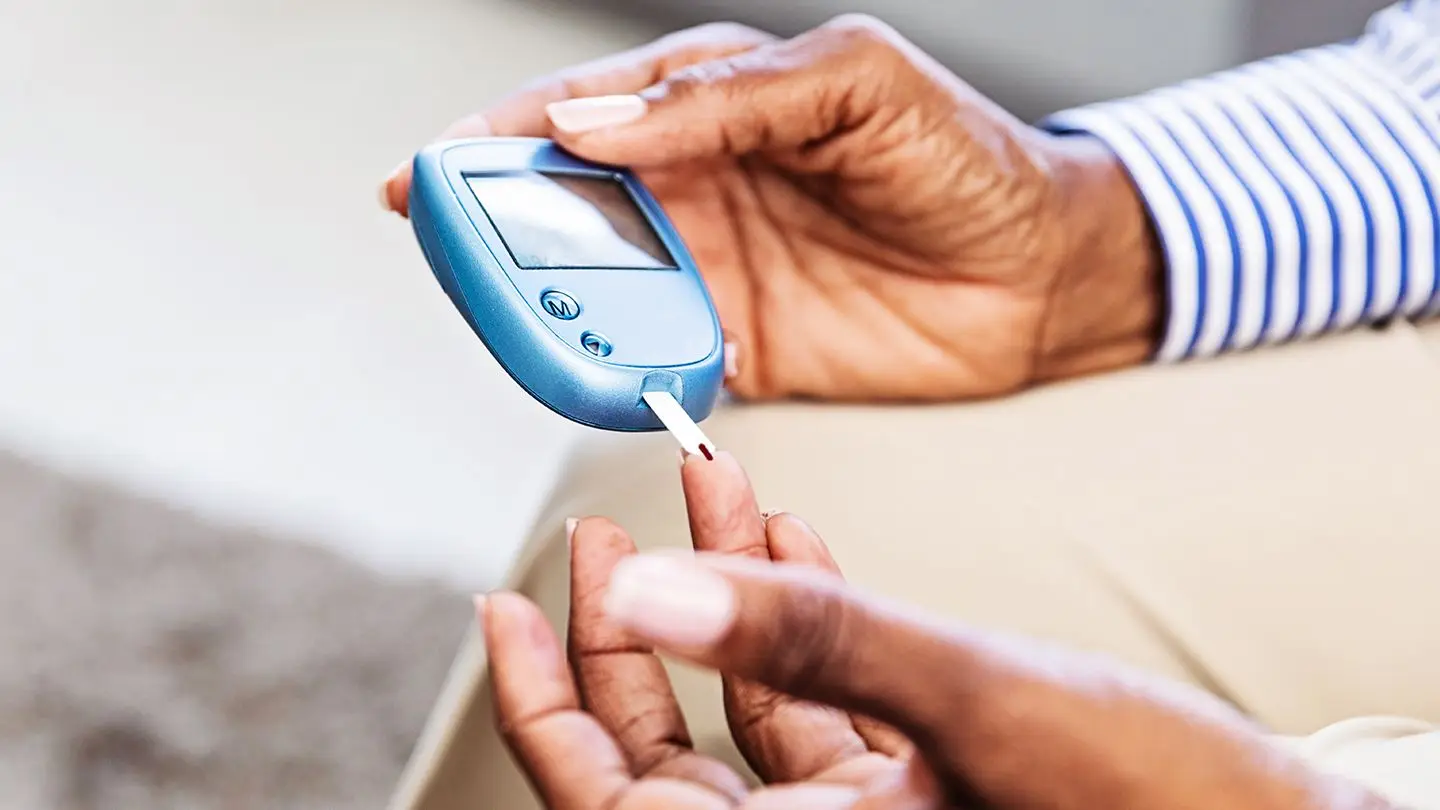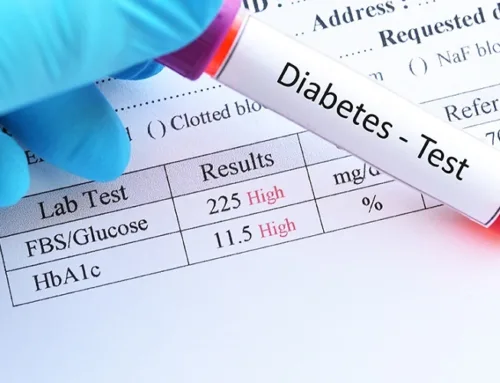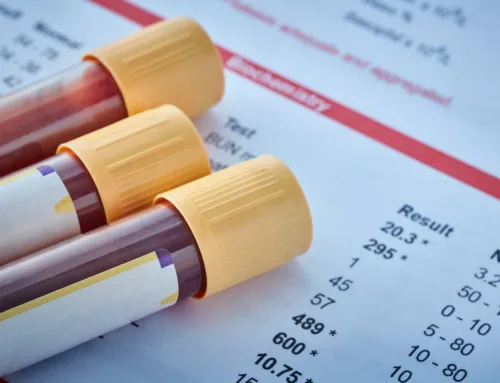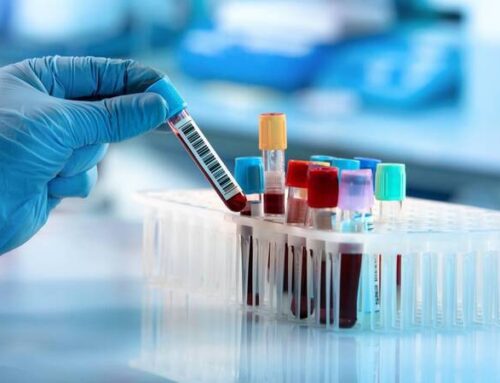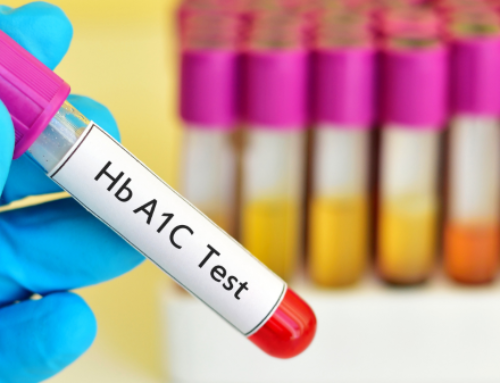Diabetes, as we all know is a long-term chronic illness that interferes with how your body converts food into energy. Usually, our body converts food into glucose, then it runs into the bloodstream. Our pancreas releases insulin whenever the sugar levels rise, to keep the blood in check; However, diabetes affects the body’s insulin production resulting in too much blood sugar remaining in the bloodstream. This leads to various health issues like eyesight loss, renal disease and especially heart disease.
The ideal blood sugar range falls between 70 to 130 mg/dL. Beware if your sugar levels raise between 180-250 mg/dL. This is very high, on the other hand, levels below 50 mg/dL look extremely harmful. While taking tests, if your blood sugar falls before 50 mg/dL or more than 250 mg/dL, then sprint your way to the doctor! Blood sugar levels up to/more than 300 mg/dL can even lead to Coma.
People suffering from diabetes must learn and understand their blood sugar levels so that they can maintain it and keep it stable, and avoid health problems. An added point to knowing your blood sugar levels well is that you can get medical help soon whenever the level fluctuates.
Table of Contents
Here are a few general guidelines for blood sugar level ranges to keep in mind:
Fasting
- Normal for a person who doesn’t have diabetes: 70–99 mg/dl (3.9–5.5 mmol/L)
- Official ADA recommendation for someone who has diabetes: 80–130 mg/dl (4.4–7.2 mmol/L)
HbA1c
- Normal for a person who doesn’t have diabetes: Less than 5.7%
- Official ADA recommendation for someone who has diabetes: Less than 7.0%
1 to 2 hours after meals
- Normal for a person without diabetes: Less than 140 mg/dl (7.8 mmol/L)
- Official ADA recommendation for people with diabetes: Less than 180 mg/dl (10.0 mmol/L)
How are high blood sugar levels dangerous?
The term “hypoglycaemia” comes when one’s blood sugar levels raise extremely high. It is experienced by both Type 1 and Type 2 patients of diabetes, as well as expectant mothers who have gestational diabetes. It can also come to people who do not suffer from diabetes. But, mostly it only affects people who are really sick, like people who have recently suffered a stroke, a heart attack or severe illness.
To take care of diabetes, one should ensure that blood sugar levels are as normal or close to it as they can be. There is a chance that hyperglycaemia can come to you if you are suffering from diabetes, regardless of how cautious you are. If left untreated, hyperglycaemia can result in significant health issues, thus, identifying and treating it in time is crucial. A few light instances can be treated independently without much effort as they are not much hazardous. But hyperglycaemia puts a risk of one’s blood sugar levels rising persistently over a long period of time, therefore it is wise to take care of it.
Extremely high blood sugar levels can result in potentially fatal consequences like these:
- People with Type 1 diabetes are more likely to endure diabetic ketoacidosis (DKA), which is brought by the body’s desire to consume fat, as a source of energy, this can also result in a diabetic coma.
- People with Type 2 diabetes are generally more likely to experience a hyperosmolar hyperglycaemic state (HHS), in this, extreme dehydration is brought because the body tries to eliminate the excess sugar present.
- Regularly enduring high blood sugar levels for a long period of time, mainly periods of more than months or several years, can cause permanent damage to organs like the blood vessels, eyes, kidneys, nerves, and nervous system.
If you frequently suffer from hyperglycaemia, then talk to your doctor for help. To help maintain the right amount of blood sugar levels, one might have to alter their medication, and eating habits or make a few lifestyle changes.
How are Low Blood Sugar Levels Dangerous?
The cells in our body require energy to function every day. Sugar is the main energy source; it is commonly known as glucose.
“Hypoglycaemia” is the medical terminology that is used when one’s blood sugar levels drop below the usual range.
Low blood sugar can be caused due to various symptoms, but only a blood glucose test can diagnose a low blood pressure issue.
Medications for treating diabetes are one of the main reasons for low blood sugar levels. In this, the pancreas can no longer create insulin in the body when a person has Type 1 diabetes. In the case of type 2 diabetes, insufficient insulin is produced by the pancreas, or the body finds it difficult to put that insulin to good use. Hypoglycaemia also takes place because of excessive amounts of insulin or oral diabetic medication that is taken to reduce blood sugar levels and control both types of diabetes.
Debating on a popular assumption, low blood sugar is not only a symptom associated with diabetes; even when our body produces more insulin than what is normally considered to be healthy. Consumption of excessive amounts of alcohol, especially over a long period of time, is another potential factor causing low blood sugar. The liver’s usual capacity to store glucose from the body and release it into your bloodstream when needed usually gets affected by this.
The cells become long for more energy when the blood sugar levels are too low in the body. Hunger and headaches are the first few signs of this. Although, one can face a significant amount of risks if one doesn’t raise your blood sugar levels in time.
One needs to have the proper insulin dosage/intake to prevent hyperglycaemia or excessive blood sugar levels. Blood sugar levels increase if the body has insufficient insulin. On the other hand, having too much insulin would lead to a sharp drop in blood sugar, again affecting your health..
For more information kindly visit our website: https://sunrisediagnosis.com/
Call Now: 9028801188, 9028566644, 9028566611
Find the clinic here: Get direction
Address: Ground Floor, Shop No. 2, Business Hub Building Opp. Mirch Masala Hotel, Near Vandevi Mandir Karve Road, Karvenagar, Kothrud, Pune, Maharashtra 411038



